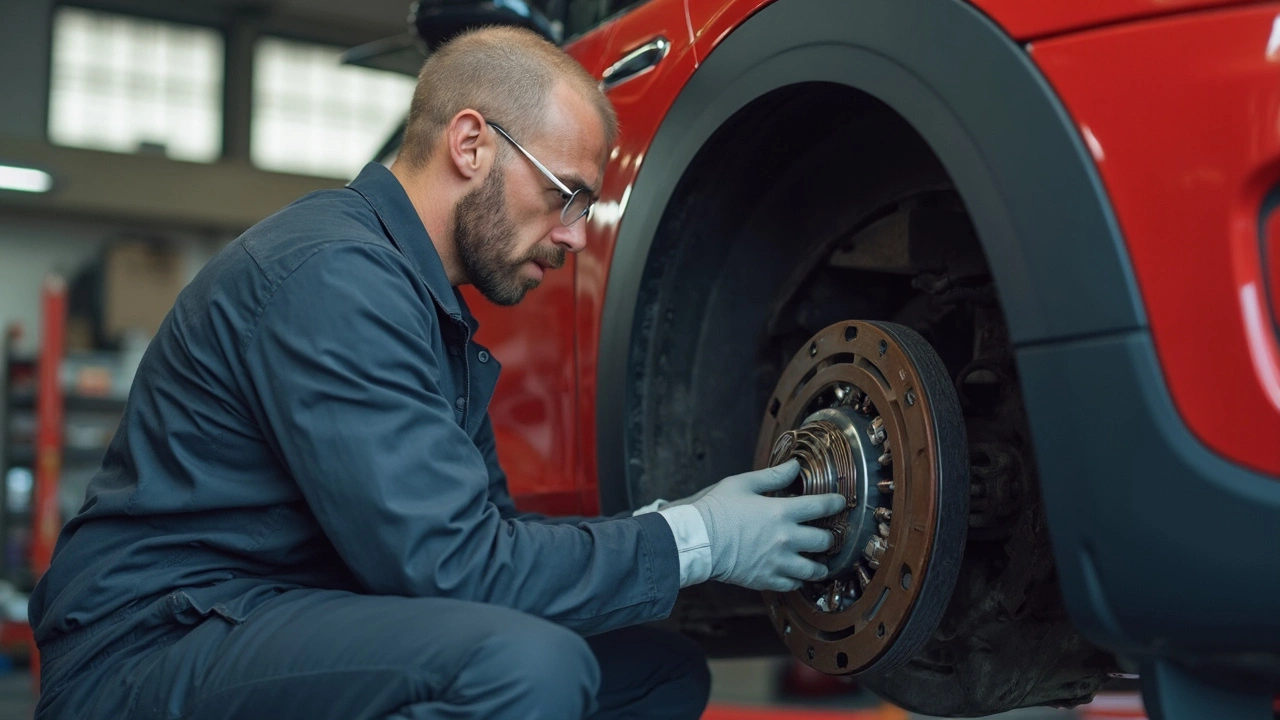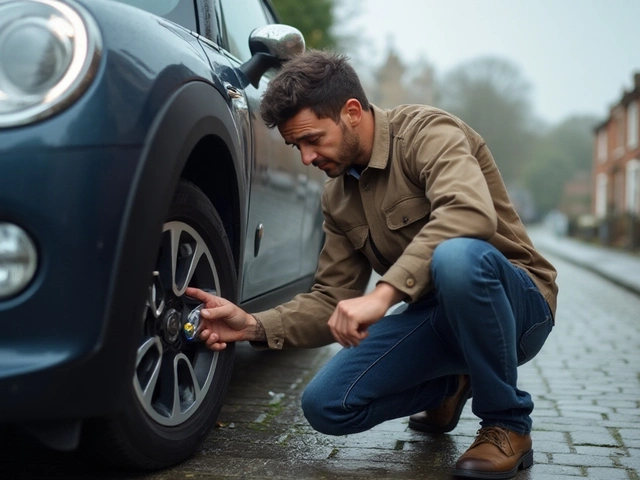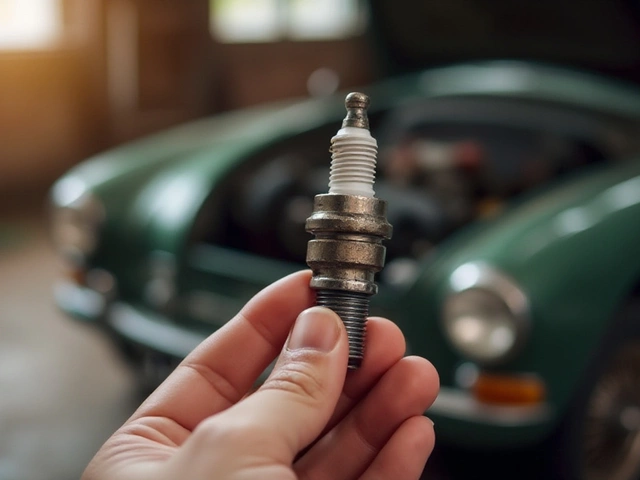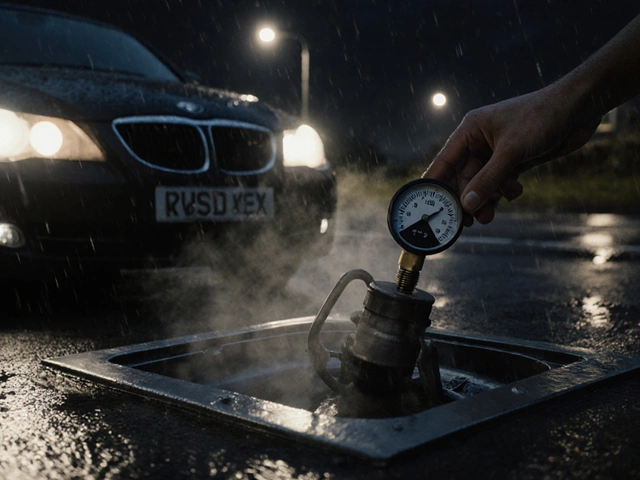Clutch Problems? How to Spot, Fix, and Save Money
If your car feels like it’s fighting you every time you shift, you’re probably dealing with clutch problems. Most drivers notice a change before a full breakdown, so catching the issue early can save time and cash.
Common Signs Your Clutch Is Failing
First, pay attention to the pedal. A hard, heavy clutch pedal often means the release bearing or pressure plate is wearing out. If the pedal feels soft or goes to the floor without much resistance, the clutch disc may be slipping.
Listen for a burning smell after heavy city driving or hill climbs. That burnt odor is a classic warning that the clutch material is overheating. You might still get a few miles out of it, but the lifespan after the smell appears is usually limited to a few hundred miles.
Another red flag is gear grinding when you try to shift. This usually points to a worn clutch disc or a failing synchronizer. If the car jerks or lurches during a change, the clutch isn’t disengaging cleanly.
Lastly, check for slipping at higher speeds. If the engine revs but the car doesn’t accelerate, the clutch plates are no longer gripping. This can happen suddenly if a disc fails, or gradually as wear builds up.
What It Costs and How to Cut the Price
Replacing a clutch can be pricey, but the cost varies. Basic clutch kits typically run between £250‑£400 for parts, while a high‑performance Stage 2 kit can push the price over £600. Labour is the biggest factor – most garages charge £120‑£180 for the labor alone.
To keep costs down, get multiple quotes and ask if the shop can reuse the flywheel if it’s still in good shape. Some independent garages will also let you bring your own parts, which can shave off a hundred pounds or more.
If your car is older and you’re not after a performance upgrade, a standard replacement is usually the safest bet. However, if you enjoy spirited driving, a Stage 2 clutch kit offers stronger grip and higher torque capacity, but be ready for higher labour fees.
Before you commit, do a quick DIY check. Raise the car, remove the transmission, and inspect the clutch disc for wear grooves or oil contamination. If the disc looks smooth and the flywheel isn’t cracked, you may only need a fresh pressure plate and release bearing – a cheaper fix.
When you book the repair, ask the mechanic to show you the worn parts. Seeing the damage helps you understand why the work is needed and prevents unnecessary upsells.
Remember, driving with a bad clutch isn’t just uncomfortable – it can damage the transmission, lead to a complete loss of power, and put you at risk on the road. If you notice any of the signs above, schedule a check soon.
At Northwich Tyres Centre we can diagnose clutch problems, provide honest pricing, and fit everything from a basic kit to a performance Stage 2 upgrade. Bring your car in, get a clear quote, and keep your ride smooth without breaking the bank.
 6 August 2025
6 August 2025
Clutch vs Transmission Problems: How to Tell the Difference in Your Car
Is your car making weird noises or refusing to shift? This guide helps you spot the real issue—clutch or transmission—using clear facts so you can fix it right.
 4 April 2025
4 April 2025
Can a Brand New Clutch Slip? Unraveling the Mystery
Is your new clutch giving you trouble by slipping unexpectedly? Learn about the common causes and fixes for a slipping clutch, even when it's just out of the box. Discover practical tips on installation, maintenance, and choosing the right clutch kit for your vehicle to ensure smooth performance.






0